
feed composition for cement mill
feed composition for cement mill Cement Manufacture Chemical Composition Heat of 2015 1 13 Cement In the most general sense of the word a cement is a binder a substance that sets and hardens independently and can bind other materials together Cement used in construction is characterized as hydraulic or non hydraulic Hydraulic cements eg This is done by a mixture of both aircooling and watercooling, including spraying water inside the mill Cement milling and gypsum dehydration Because the cement gets hot due to the heat generated by grinding, gypsum can be partly dehydrated, forming hemihydrate, or plaster of Paris 2CaSO 4H 2 OCement Milling Understanding CementPortland cement gets its strength from chemical reactions between the cement and water The process is known as hydration This is a complex process that is best understood by first understanding the chemical composition of cement Manufacture of cement Portland cement is manufactured by crushing, milling and proportioning the following materials:Composition of cement Penn State College of Engineering

USA1 Cement grinding aid composition
USA1 US14/410,316 US6A USA1 US A1 US A1 US A1 US 6 A US6 A US 6A US A1 US A1 US A1 Authority US United States Prior art keywords grinding aid aid composition weight percent glycol cement Prior art date Legal status As the chemistry of this dust is normally different from kiln feed composition, therefore kiln feed must be adjusted/biased to yield the desired clinker composition Major portion of this dust is taken to raw mill and coal mill with hot gases and a part of it is directly precipitated in bag filter or electrostatic precipitator before flue gases Kiln Feeding Cement Plant OptimizationA raw mill with a superior fineness and wellcontrolled chemical composition using as advanced control system can improve the cement quality and define critical cement craft parameters Amrit Cement uses the best of raw materials and has an enviable infrastructure supported by advanced technologies to ensure supreme cement qualityBlending and Raw Mill

CEMENT PLANT TALK001
Cement Mill: Mill tripping at higher cement temperature Cement Silo: Coating in cement Silo roots of variation in kiln feed rate and kiln feed composition, fuel rate and fuel chemistry Feed mill with moderately hot (5080 oC) clinkerCement manufacturing brief description of a cement mill Cement clinker is usually ground using a ball mill This is essentially a large rotating drum containing grinding media normally steel balls As the drum rotates, the motion of the balls crushes the clinker The drum The cement millpress + Ball Mill) Circuit Cement Ball mill feed materials and its properties are taken Keywords: ball mill, roller press, cement industry *** 1 BALL MILL IN CEMENT INDUSTRY The Cement production is certainly the most important for all dry grinding applications around the world The estimate for the world energy consumption for DESIGN AND ANALYSIS OF BALL MILL INLET CHUTE
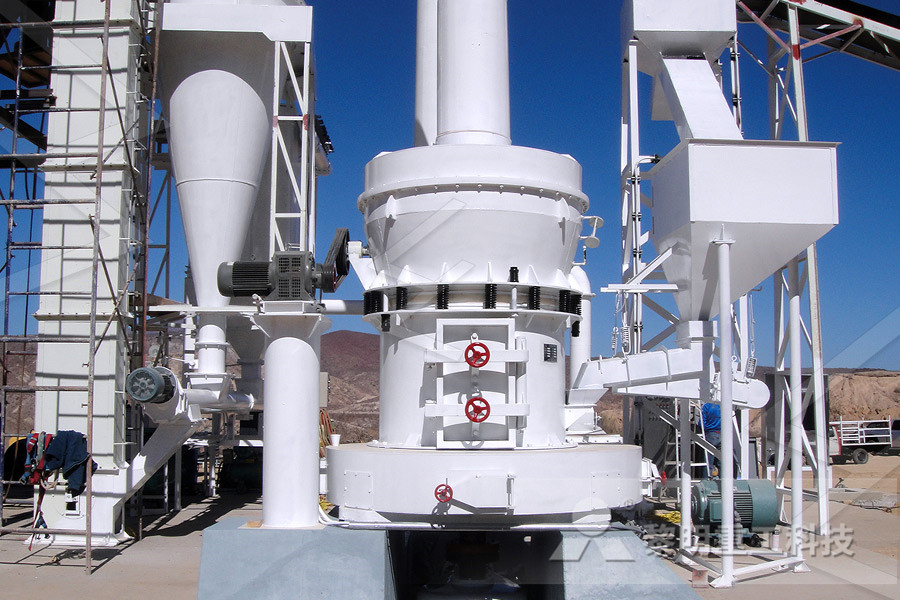
RAW MATERIALS Burning the mix International Cement Review
kiln feed properties and the pyroprocessing conditions Knowing what happens where, why, and how, can lead to optimising production, costs, and quality In turn, the clinker microstructure and composition directly affect how the phases hydrate and contribute to cement performance in fresh and hardened concrete Given its relationship to both plantfeed composition for cement mill Cement Manufacture Chemical Composition Heat of 2015 1 13 Cement In the most general sense of the word a cement is a binder a substance that sets and hardens independently and can bind other materials together Cement used in construction is characterized as hydraulic or non hydraulic Hydraulic cements eg feed composition for cement millPortland cement gets its strength from chemical reactions between the cement and water The process is known as hydration This is a complex process that is best understood by first understanding the chemical composition of cement Manufacture of cement Portland cement is manufactured by crushing, milling and proportioning the following materials:Composition of cement Penn State College of Engineering
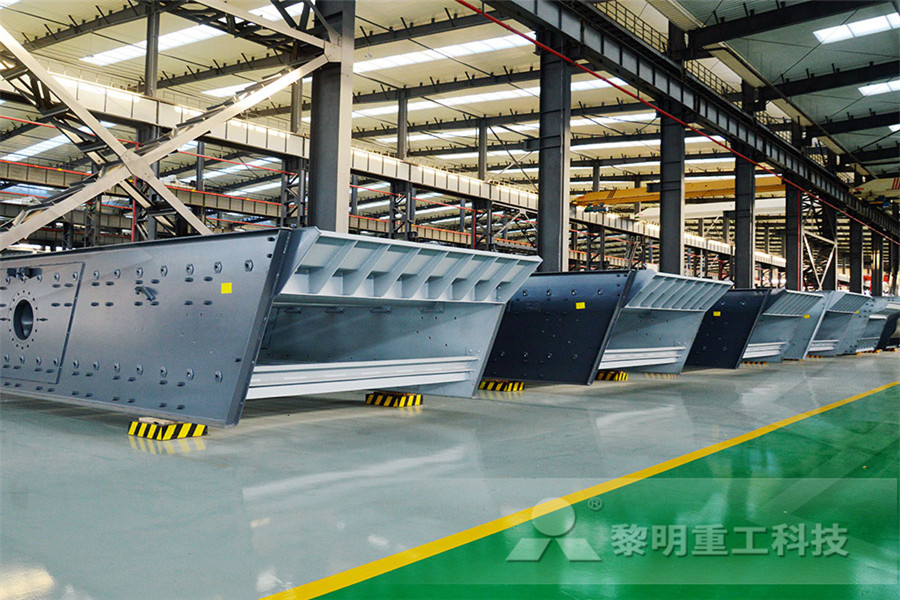
CEMENT GRINDING AID COMPOSITION Dow Global
Grinding trials are conducted in a labscale ball mill with feed material containing cement clinker, gypsum (equivalent to 1923% SO3 content) and fly ash (25% content) to generate samples of Pozzolona Portland Cement (PPC), and grinding media (steel balls) to a feed ratio of 6:1The manufacturing of cement begins with the extraction and preparation of raw material provide the raw mill with the feed size range it requires the analysis data are used as the basis for controlling the raw material composition and mill feedingRaw material preparation From the quarry to raw meal USA1 US14/410,316 US6A USA1 US A1 US A1 US A1 US 6 A US6 A US 6A US A1 US A1 US A1 Authority US United States Prior art keywords grinding aid aid composition weight percent glycol cement Prior art date Legal status USA1 Cement grinding aid composition

Chemical Composition Of Cement Ball Mill
Chemical Composition Of Cement Ball Mill al and mineralogical compo sition of the clinker is given in Tables I and II The grinding was carried out under constant conditions in a ball mill with a chamber capacity of 23 dm3• The clinkerball mill for cement grinding media stone GM Balls Atul Engineeringball mill for cement grinding media A raw mill with a superior fineness and wellcontrolled chemical composition using as advanced control system can improve the cement quality and define critical cement craft parameters Amrit Cement uses the best of raw materials and has an enviable infrastructure supported by advanced technologies to ensure supreme cement qualityBlending and Raw Millof cement production and advanced process control has been merged to create real solu Composition Control Limestone/ Clay Composition Control Online Measurement Raw Mill Homogenizing Silo Kiln Feed , the feed rate to the mill and the separator speed in order to achieve the required throughput for kiln Where starting the millRaw Mix Preparation ABB

RAW MATERIALS Burning the mix International Cement
kiln feed properties and the pyroprocessing conditions Knowing what happens where, why, and how, can lead to optimising production, costs, and quality In turn, the clinker microstructure and composition directly affect how the phases hydrate and contribute to cement performance in fresh and hardened concrete Given its relationship to both plantThis feed mill consists of a 517foot by 347foot by 120foot slipform concrete mill tower, attached warehouse, rollermill building, and transfer conveyor of whole grain from the existing grain storage complex The mill contains 1,188 tons of ingredient storage and 596 tons of finished feed storageNEW COOPERATIVE FEED MILL Concrete Slipform As the chemistry of this dust is normally different from kiln feed composition, therefore kiln feed must be adjusted/biased to yield the desired clinker composition Major portion of this dust is taken to raw mill and coal mill with hot gases and a part of it is directly precipitated in bag filter or electrostatic precipitator before flue gases Kiln Feeding Cement Plant Optimization

CEMENT RAW MATERIALS International Cement Review
and alumina Finished cement is produced by finely grinding together around 95% cement clinker with 5% gypsum (or anhydrite) which helps to retard the setting time of the cement The quality of cement clinker is directly related to the chemistry of the raw materials used Around 80–90% of raw material for the kiln feed is limestonecement with an Fe 2 O 3 content of 30% C E M E N T CEMENT MILL TEST REPORTS: What producers should know Proper analysis of a mill test report will help producers control quality before adding cement to the mix Some of the most important chemical changes occur in the kiln, where the kiln feed, the combined rawC E M E N T CEMENT MILL TEST REPORTS: What producers • outline the influence of differences in cement chemistry and compound composition on the setting and strength development of concrete • review cement types (including composite and masonry cements) and the nature of Mill Raw feed CO 2 gas Kiln Coal % S 517 A 264 F 95 C 16 % S 132 A 34 F 19 C 430 c 10–15% ash Clinker % S 20 Cements Elsevier

Raw material preparation From the quarry to raw meal
The manufacturing of cement begins with the extraction and preparation of raw material provide the raw mill with the feed size range it requires the analysis data are used as the basis for controlling the raw material composition and mill feedingChemical Composition Of Cement Ball Mill al and mineralogical compo sition of the clinker is given in Tables I and II The grinding was carried out under constant conditions in a ball mill with a chamber capacity of 23 dm3• The clinkerball mill for cement grinding media stone GM Balls Atul Engineeringball mill for cement grinding media Chemical Composition Of Cement Ball MillDec 21, 2010 B Tangendjaja, in Feed and Feeding Practices in Aquaculture, 2015 610 Conclusions Every feed mill should develop quality control system and the quality of feed would be very much influenced by quality ingredients received, therefore it is critical to Feed Mills an overview ScienceDirect Topics

Coal in the cement industry
required proportion to get the final cement powder The main fuel used for firing preheater cyclone and rotary kiln is coal Therefore, coal plays an important role in the manufacturing process of cement Based on the composition of raw feed a wide range of coal is used In a cement plant two systemsCement In the most general sense of the word, a cement is a binder, a substance that sets and hardens independently, and can bind other materials together Cement used in construction is characterized as hydraulic or nonhydraulic Hydraulic cements (eg, Portland cement) harden because of hydration, chemical reactionsCement : Manufacture, Chemical Composition, Heat of • outline the influence of differences in cement chemistry and compound composition on the setting and strength development of concrete • review cement types (including composite and masonry cements) and the nature of Mill Raw feed CO 2 gas Kiln Coal % S 517 A 264 F 95 C 16 % S 132 A 34 F 19 C 430 c 10–15% ash Clinker % S 20 Cements Elsevier
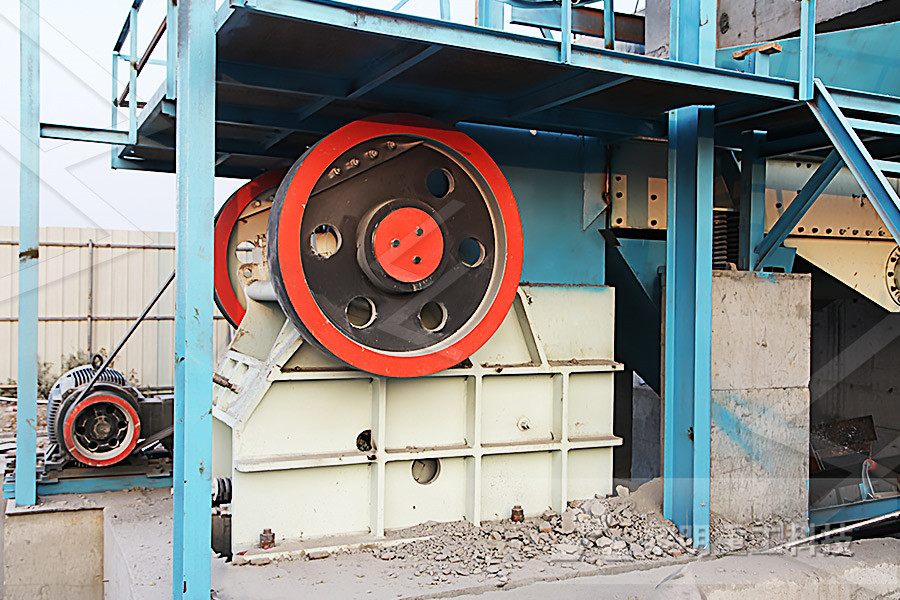
Homogenization (BLENDING) Cement Plant Optimization
A specific blending operation is therefore necessary to produce kiln feed of quality that is consistently uniform in chemical composition and also particle size distribution For cement plants of small capacities where preblending by stakingreclaiming was not a necessity, batch type blending (Air mergeturbulent blending) to achieve a blending A 15 mio t/a cement plant is having a closed circuit ball mill for cement grinding: The mill has been operating with satisfactory performance interms of system availability and output, however power consumption was on higher side 31 System Description Mill Rated capacity 150 t/h OPC at PROCESS DIAGNOSTIC STUDIES FOR CEMENT MILL KeyWords: Dynamics, Raw meal, Quality, Mill, Model, Uncertainty, PID, Robustness, Sensitivity 1 Introduction The main factor that primarily affects the cement quality is the variability of the clinker activity [1], depending on the conditions of the clinker formation and the raw meal compositionEffective Optimization of the Control System for the
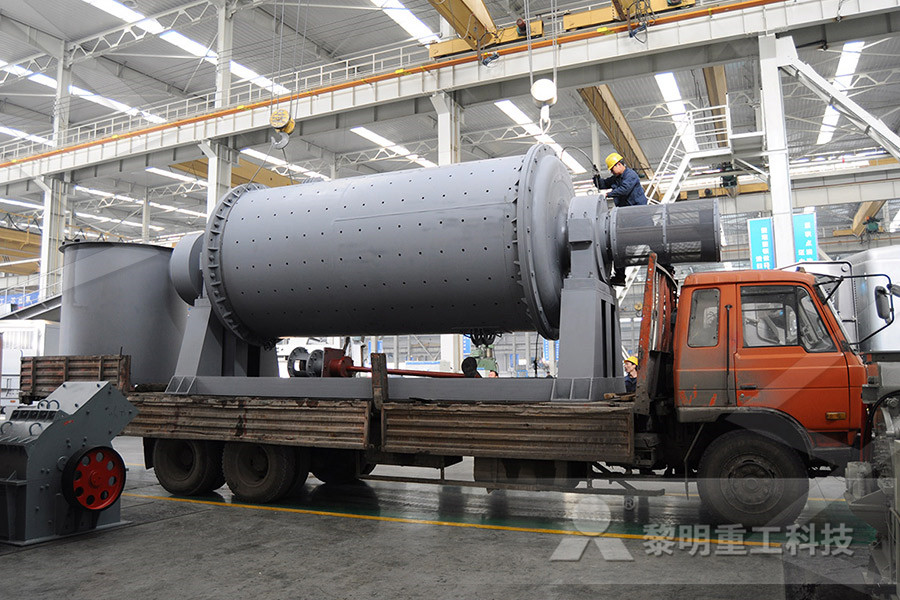
Optimizing the clinker production by using an automation
Cement is the primary material for developing infrastructure and building The need for cement Raw Mill The clinker production process involves much equipment and material flow; thus, an operating system is needed to regulate in kiln feed composition depends not only on the variation of the raw material and the maximumA grinding aid composition suitable for grinding clinker into hydraulic cement powder, an improved grinding process and an improved cement product are disclosed The grinding aid composition is composed of a mixture of at least one alkylene ether glycol and particulate carbonUSA Grinding aid composition and cement product A small portion of mill scale has been used by cement plants However, the mill scale does not uniformly blend with the other feed stock materials due to its higher density than any of the blend components and thus causes a greater variation in the blend of the kiln feed At the same time, the amount of mill scale used by cement plants, as a Conversion of Mill Scale Waste into Valuable Products via
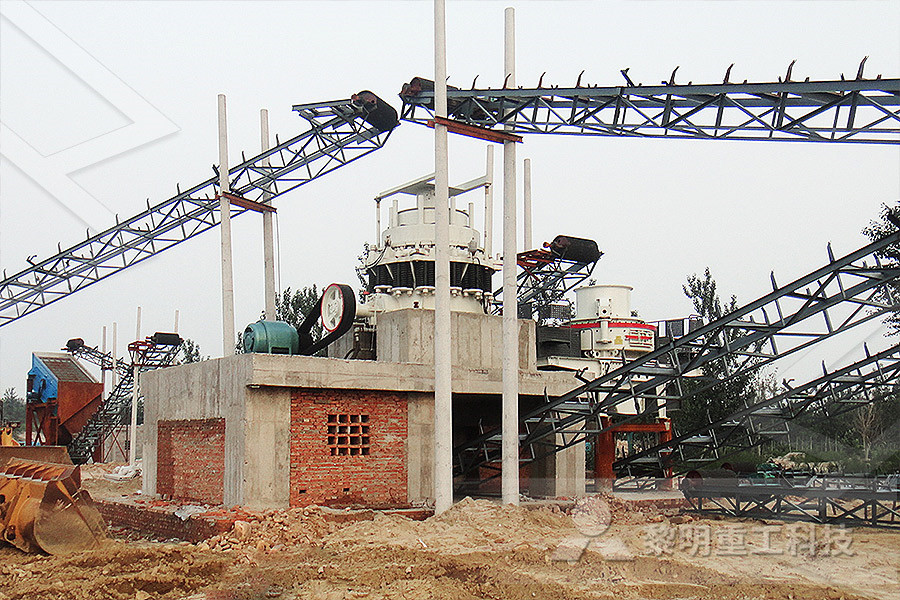
Minimization of variation in clinker quality
estimation of composition of raw mill feed, kiln feed, as well as formed clinker, which were done successfully through various results obtained experimentally and various steps have been taken to reduce these variations in clinker quality Keywords: Lime Saturation Factor, Silica Ratio, Alumina Ratio 1 Types of cement mill liners: liftingliners Magotteaux produces different liftingliners to fit your specific need in cement mill liners Xstep™ is designed for anything up to extreme running conditions It can perform a continuous lifting effect and also provides optimized cascading balls trajectories Its weight is about 20 per cent lower cement mill liners Magotteaux